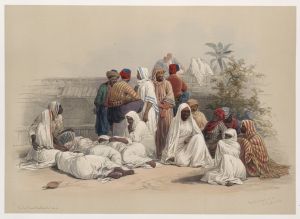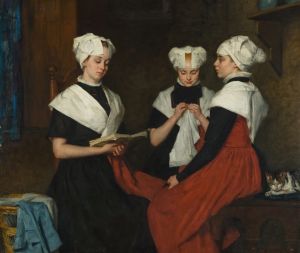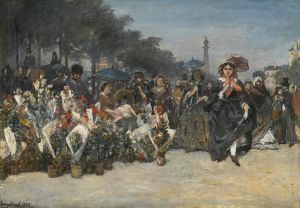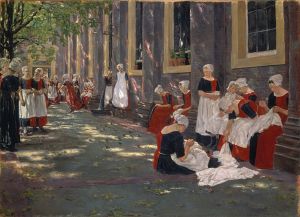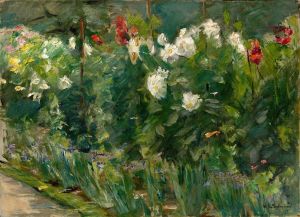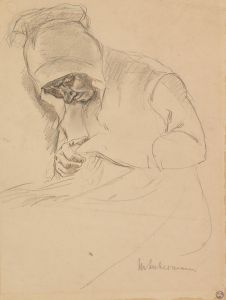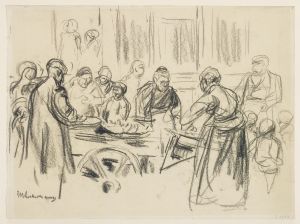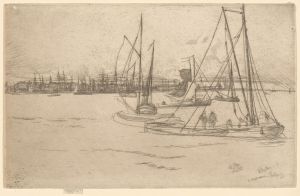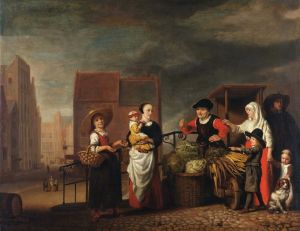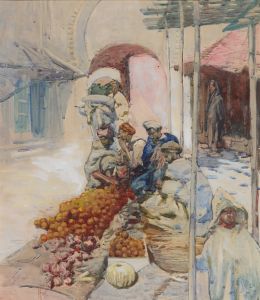
Gemüsemarkt in Amsterdam
A hand-painted replica of Max Liebermann’s masterpiece Gemüsemarkt in Amsterdam, meticulously crafted by professional artists to capture the true essence of the original. Each piece is created with museum-quality canvas and rare mineral pigments, carefully painted by experienced artists with delicate brushstrokes and rich, layered colors to perfectly recreate the texture of the original artwork. Unlike machine-printed reproductions, this hand-painted version brings the painting to life, infused with the artist’s emotions and skill in every stroke. Whether for personal collection or home decoration, it instantly elevates the artistic atmosphere of any space.
Max Liebermann's painting Gemüsemarkt in Amsterdam (translated as Vegetable Market in Amsterdam) is a notable work by the German painter, who is widely regarded as one of the leading figures of Impressionism in Germany. Liebermann, born in 1847 in Berlin, was known for his depictions of everyday life, often focusing on scenes of labor, leisure, and urban environments. His works frequently reflect his interest in natural light, loose brushwork, and a focus on capturing the atmosphere of a moment, hallmarks of the Impressionist style.
Gemüsemarkt in Amsterdam is believed to have been painted during one of Liebermann's visits to the Netherlands, a country that greatly influenced his artistic development. Liebermann was deeply inspired by Dutch Golden Age painters, such as Frans Hals and Rembrandt, and he often traveled to the Netherlands to study their works and observe the local culture. The painting depicts a bustling vegetable market in Amsterdam, showcasing Liebermann's ability to portray the vibrancy of urban life. The scene is filled with figures engaged in various activities, such as buying and selling produce, which highlights the artist's focus on the human element within a dynamic environment.
The composition of the painting demonstrates Liebermann's skill in capturing the interplay of light and shadow, as well as his attention to detail in rendering the textures and colors of the market's goods. The loose, expressive brushstrokes convey a sense of movement and liveliness, drawing the viewer into the scene. Liebermann's choice of subject matter reflects his interest in the everyday lives of ordinary people, a theme that recurs throughout his body of work.
While Gemüsemarkt in Amsterdam is not as widely discussed as some of Liebermann's other paintings, such as his depictions of gardens or leisure scenes, it remains an important example of his urban genre scenes. The painting is representative of Liebermann's broader artistic approach, which sought to combine the influences of Dutch realism with the modern techniques of Impressionism.
As of now, specific details about the painting's current location or provenance are not widely documented in public sources. Liebermann's works are held in various museums and private collections worldwide, and his contributions to art continue to be celebrated for their innovation and humanity.





